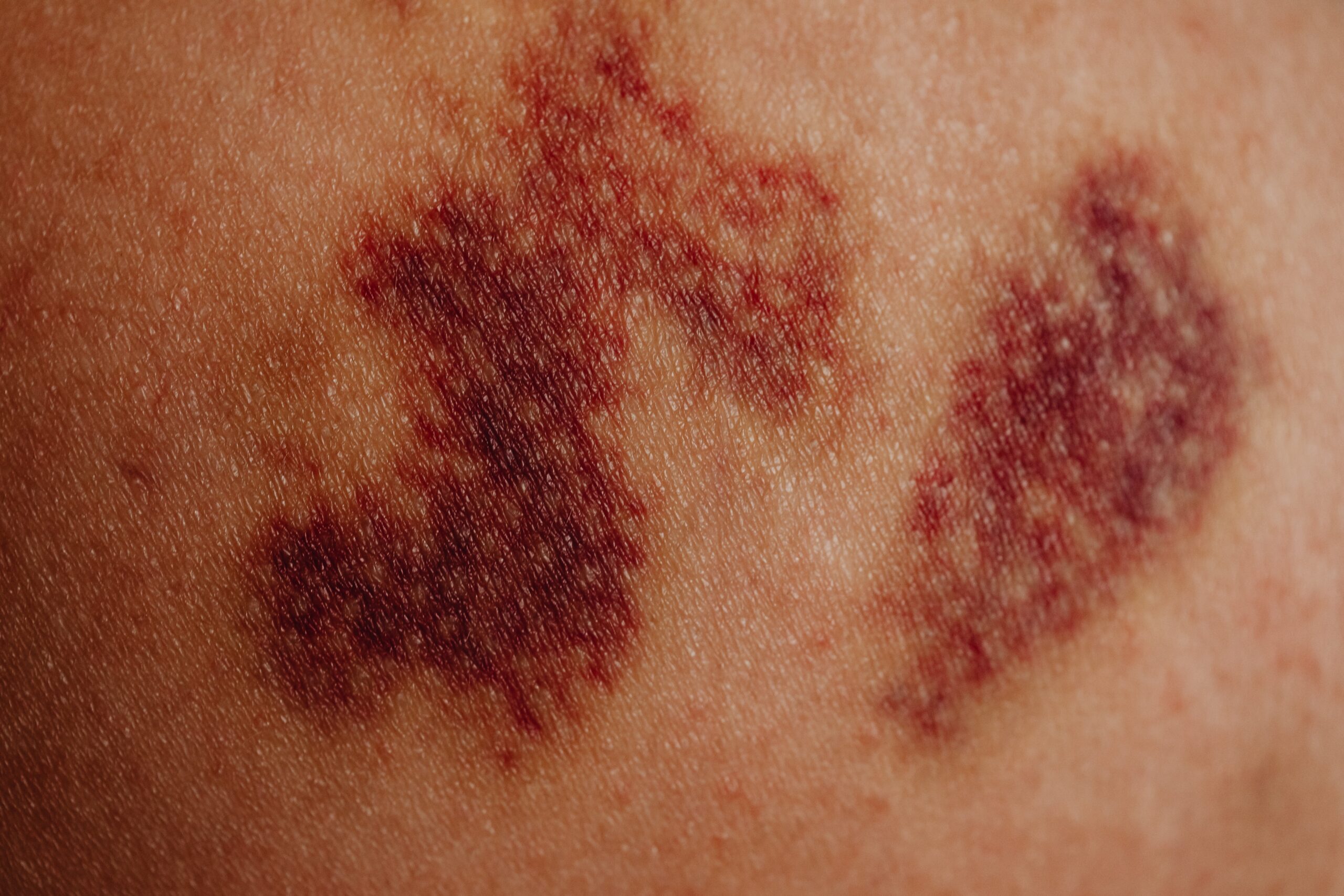An autopsy, also known as a post-mortem examination or necropsy (when performed on animals), is a thorough and systematic medical procedure that involves the examination of a deceased person’s body, typically to determine or confirm the cause of death. It is an invaluable tool in various fields, including forensic science, medicine, and research.
The Autopsy Process
The autopsy procedure is conducted by a specialized medical professional known as a forensic pathologist. It is typically carried out in a controlled environment, such as a hospital or morgue, and follows a well-defined process:
- External Examination: The process begins with an external examination of the deceased’s body. The pathologist carefully inspects the body for any external injuries, marks, or abnormalities. This step provides initial clues and observations.
- Internal Examination: The pathologist then proceeds to perform a meticulous internal examination. This involves dissecting the body to examine the internal organs, tissues, and body cavities. Each organ is examined individually, and tissue samples may be taken for further analysis.
- Toxicology Tests: In cases where poisoning or the presence of drugs or toxins is suspected, toxicology tests are conducted. These tests involve analyzing samples of blood, urine, or tissues to identify any substances that could have contributed to the death.
- Microscopic Examination: Tissue samples collected during the autopsy are subjected to microscopic examination. This helps identify microscopic abnormalities, diseases, or cellular changes that may not be visible to the naked eye.
- Documentation and Findings: Throughout the autopsy, detailed records are maintained, including photographs, measurements, and descriptions of findings. These records are essential for creating a comprehensive autopsy report.
Purposes of Autopsies
Autopsies serve several critical purposes:
- Cause of DeathThe cause of death refers to the specific injury, disease, or underlying condition that directly leads to an individual's demise. It is a critical determination made by medical professionals, such as Medical Examiners or Coroners, to establish the primary reason for a person's death. Understanding the cause of death is essential for legal, medical, and statistical purposes, as it helps identify the circumstances and factors contributing to the loss of life. Key points about the cause of death include: 1. Medical Determination: Determining the cause of death is typically a medical process carried out by forensic pathologists, medical examiners, or coroners. It involves thoroughly examining the deceased individual, including a medical history review, clinical findings, and sometimes an autopsy. 2. Autopsy: An autopsy may be performed in cases where the cause of death is unclear or where there are suspicions of foul play. During an autopsy, the deceased person's body is carefully examined, and samples of tissues, fluids, and organs are analyzed to determine the precise cause of death. 3. Categories of Cause: Causes of death can be categorized into various types, including:
• Natural Causes: Deaths resulting from diseases or medical conditions, such as heart disease, cancer, infections, or organ failure.
• Accidental Causes: Deaths caused by unintentional injuries or events, such as car accidents, falls, or drug overdoses.
• Homicidal Causes: Deaths caused by the deliberate actions of another person, such as murder.
• Suicidal Causes: Deaths resulting from intentional self-harm or suicide.
• Undetermined Causes: In some cases, the cause of death may remain uncertain despite medical examination and investigation.
4. Legal Significance: Establishing the cause of death is crucial for legal purposes, including determining criminal liability in cases of homicide or manslaughter. It also informs the issuance of death certificates, which are legal documents required for various administrative processes, such as settling estates and insurance claims. 5. Public Health and Statistics: Data on the causes of death are collected and analyzed to inform public health policies, track disease trends, and allocate resources for medical research and healthcare planning. 6. Certifying Physicians: In non-forensic medical settings, attending physicians or healthcare professionals may certify the cause of death for patients who die in their care. This certification is based on clinical observations and medical history. 7. Contributing Factors: It's important to note that the cause of death may involve both a primary cause and contributing factors. These factors may include comorbid conditions or complications that played a role in the individual's demise. In summary, the cause of death is the specific injury, disease, or underlying condition that directly leads to an individual's passing. It is determined through medical examination and, in some cases, autopsy. Accurate determination of the cause of death is critical for legal, medical, and public health purposes, helping to provide closure for families and inform policies and practices in healthcare and law enforcement. More Determination: The primary purpose of an autopsy is to establish the exact cause of death. This information is crucial for both medical and legal reasons, including issuing death certificates, insurance claims, and legal investigations. - Forensic Investigations: In cases of suspicious or unexplained deaths, autopsies are vital in assisting law enforcement agencies in their investigations. Autopsy findings can provide valuable evidence in cases of homicides, accidents, and other criminal activities.
- Medical Research: Autopsies contribute significantly to medical research. They offer insights into disease processes, unusual medical conditions, and the effects of treatments, ultimately advancing our understanding of the human body and improving medical practices.
Consent and Ethical Considerations
In most cases, autopsies are performed with the consent of the deceased person’s family or legal representatives. Consent is essential, as it respects the deceased’s wishes and cultural or religious beliefs.
Conclusion
Autopsies play a pivotal role in medicine, forensics, and scientific research. They provide answers to questions surrounding the cause of death, contribute to advancements in medical knowledge, and aid in the pursuit of justice. While the process may seem clinical, it is conducted with great care, respect, and ethical considerations for the deceased individual and their loved ones.




